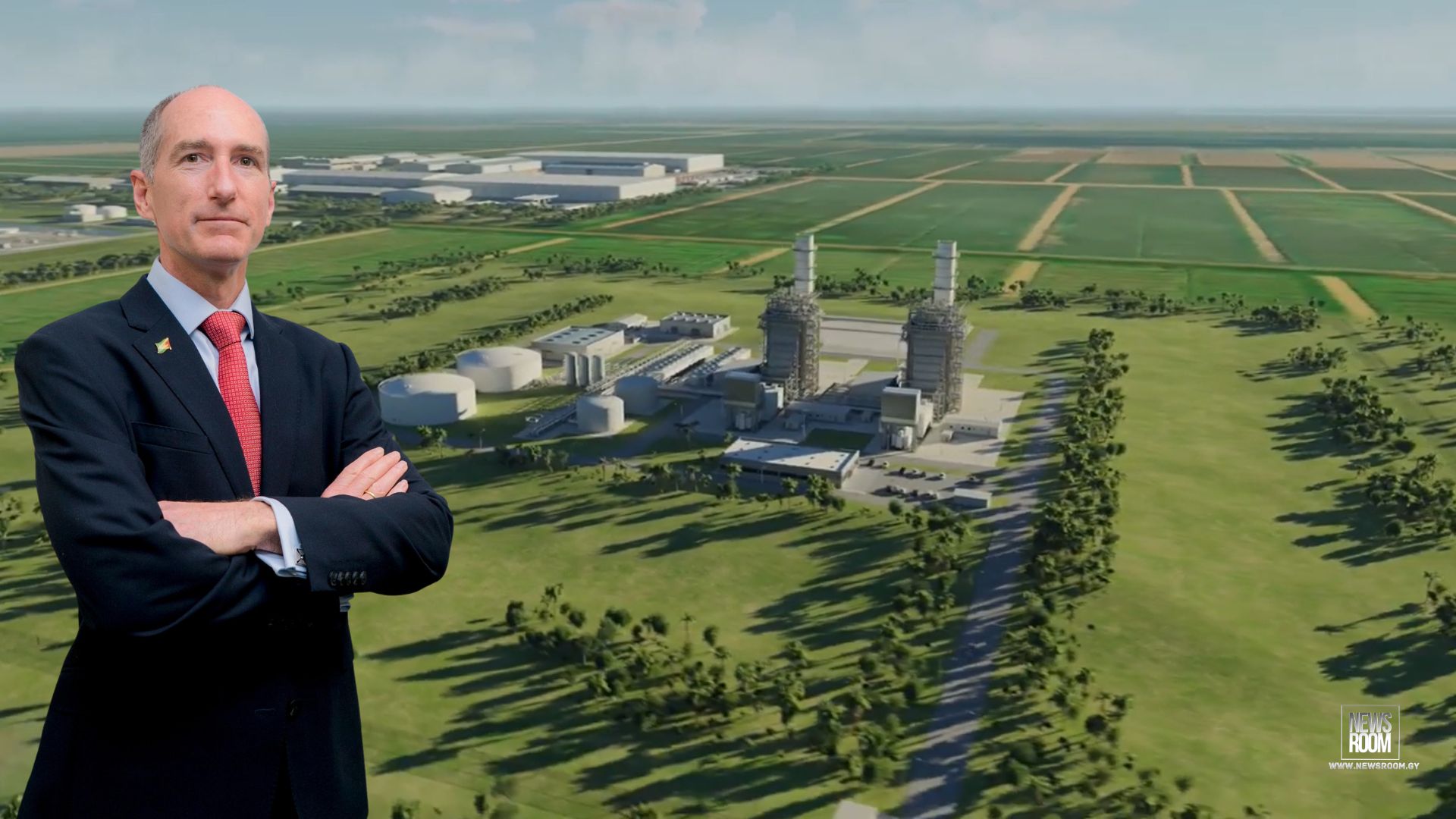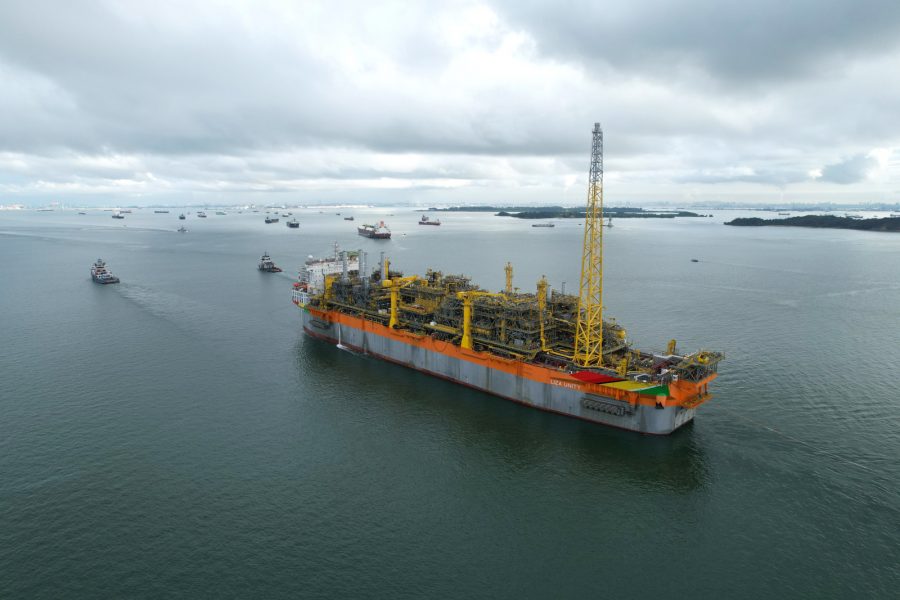
By Vishani Ragobeer
President of ExxonMobil Guyana, Alistair Routledge, on Thursday, disclosed that Guyana will purchase the natural gas produced in the offshore Stabroek Block to help the oil company recover the money it is spending to construct the pipeline needed to bring the gas to shore.
Routledge, however, emphasised that ExxonMobil’s local affiliate, Esso Exploration and Production Guyana Limited (EEPGL), will only recover its costs and will not earn profits.
Through this arrangement with the Government of Guyana, the ExxonMobil official believes that energy will be cheaply produced and as such, the government will be able to meet its commitment of reducing local electricity costs through the Gas-to-Energy project.
“We’re making an investment that’s incremental to the original developments offshore in order to transport the gas onshore. That’s mostly the gas pipeline (and) that’s several hundred million dollars in investments.
“In some way, (EEPGL) needs to recover that cost, so the way that it’s been agreed is let’s make sure that a price has been put on that gas that just reflects the cost of infrastructure, no profit,” Routledge explained during a press conference.
The gas is being sold to the government entity set up to manage this Wales development.
The News Room previously reported that a new special purpose company, named the Guyana Power and Gas Incorporated, was set up to do just that.
And when the oil company’s investment into the pipeline is recovered, Routledge said the profits will be shared 50/50 with Guyana.
On Thursday night, ExxonMobil Guyana issued a statement clarifying the co-venturers in the Stabroek Block will recover the pipeline costs from their share of the gas and not the quantity of gas allocated to the government.
Essentially, Guyana’s government will only pay for some of the natural gas brought on shore – that is, the amount that Guyana is not entitled.
The company did not indicate how much of the gas will be allocated to the government and how much is to be shared among the co-venturers.
The statement, however, added: “Once the (co-venturers’) investment has been recovered, and there are no additional investments nor impacts on oil recovery, there will be no charge attached to the gas supplied.”
The prolific Stabroek block, where the gas is coming from, is shared by ExxonMobil (45% interest), Hess Corporation (30% interest) and the China National Offshore Oil Corporation (25% interest).
And the pipeline bringing the gas to shore is a key element of the forthcoming Gas-to-Energy project at Wales, West Bank Demerara. That project promises to slash local electricity costs in half.
The Wales project will feature a 300 megawatt (MW) power station, a Natural Gas Liquids (NGL) plant, and the 120-mile massive pipeline.
Overall, the project, which is pegged at more than US$1 billion, will feature approximately 220 kilometres of a subsea pipeline offshore from the Liza Destiny and Liza Unity Floating Production, Storage and Offloading (FPSO) vessels in the Stabroek Block to onshore.
Already, Guyana’s government inked a US$759 million engineering, procurement and construction contract to cater for the establishment of the two plants which will produce electricity from natural gas. Other products, including cooking gas, should be produced too.
Meanwhile, EEPGL awarded the pipeline contract, expecting to spend between US $150 million to US $300 million.
It was previously announced that the government would be required to repay EEPGL for its pipeline investment over a 20-year period.
Though Routledge highlighted that the oil company will recover its investment made into the pipeline, he acknowledged that the oil company is responsible for its safe installation and management.
He assured Guyanese that the company follows the requisite operating procedures and has adequate emergency responses and monitoring systems in place to guarantee safe management.
Additionally, the ExxonMobil Guyana President noted that the company has determined that it is safe to deliver up to 50 million cubic feet of gas to Wales without impacting the recovery of oil in the prolific Stabroek Block.










